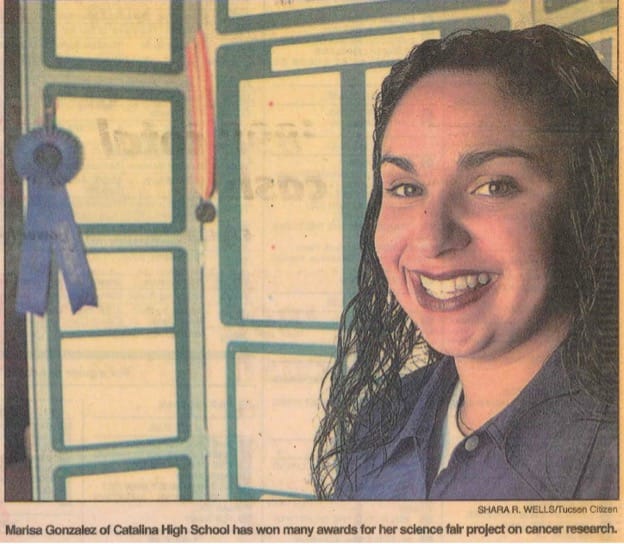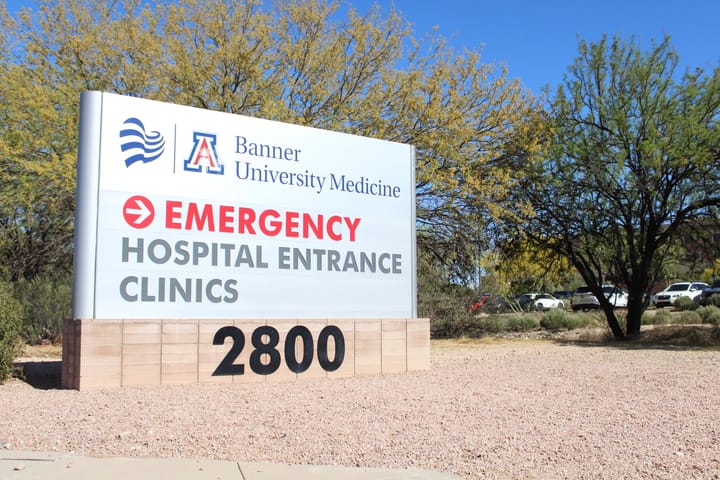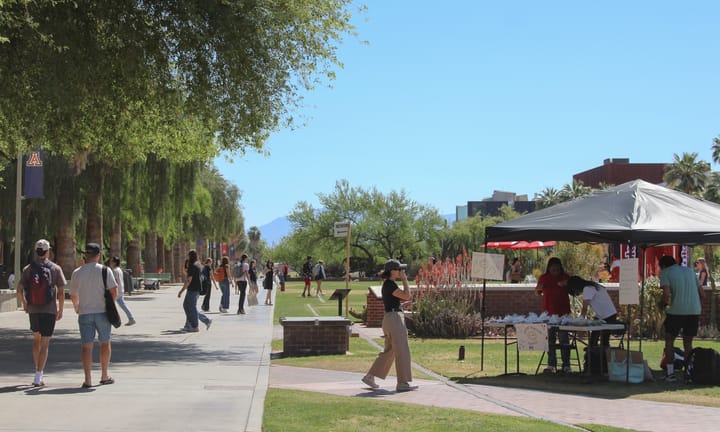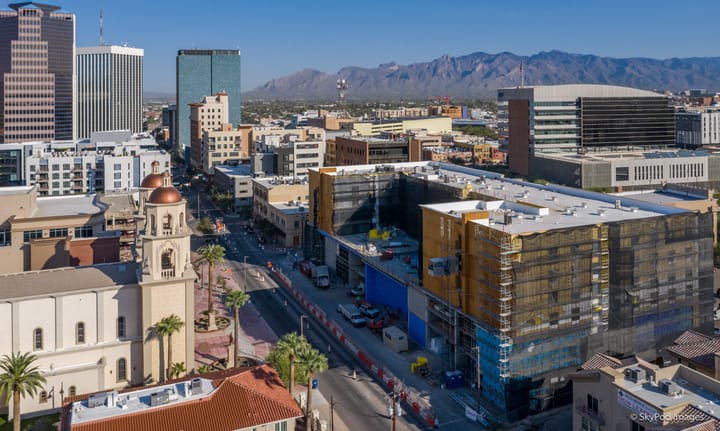1990s science fairs and SARSEF took discovery to the global stage
In the 1990s, Tucson's SARSEF transformed science fairs into a national obsession, fostering innovation and putting the city on the global stage.

By the 1990s, science fairs weren’t just a school requirement — they were a national obsession.
From the chemistry sets and circuit-building kits filling toy store shelves to newspapers publishing guides on how to impress judges, students across the country were encouraged to get creative with science.
In Southern Arizona, the Southern Arizona Research, Science, and Engineering Foundation was at the heart of this excitement, helping young scientists turn their curiosity into groundbreaking research.
But SARSEF’s science fair in the 1990s wasn’t just about cool experiments. It mirrored a decade filled with historic moments that shaped the scientific world.
The internet was becoming a daily tool, environmental conservation was a growing priority and in 1996, Tucson proudly hosted the International Science and Engineering Fair, bringing together brilliant young minds from 40 countries.
In the early ‘90s, students were asking science fair questions with a creative twist. Some wanted to know if houseflies preferred a mix of sugar and salt over either one on its own, while others tested the best color cover for growing pinto bean plants.
Some tackled more complex ideas, like exploring how gene frequency affects living organisms. These projects reflected the era’s love for hands-on learning, with students exploring biology, physics, and chemistry in ways that encouraged problem-solving and experimentation.
By 1995, SARSEF was making headlines as students won big at national competitions.
Brooke C. Feldman, a ninth-grader at Emily Gray Junior High, took home first place at ISEF for her study on the metallurgical properties of steel alloy knife blades. Her work earned her a $2,500 award from the U.S. Army and $300 from the National Association of Corrosion and Engineering — an impressive feat for a teenager.
That same year, SARSEF introduced the “RETHINKIT” award, celebrating projects focused on reducing, reusing, and recycling. The award aligned with a national push for environmental conservation, reinforcing how science fairs weren’t just about experiments, they were about solving real-world problems.
By the mid-‘90s, science fairs were evolving alongside the digital age. At this time, 60% of teenagers had access to a computer at home, opening up new ways for students to research and experiment.
During 1996’s International Science and Engineering Fair, Tucson welcomed 1,067 high school students from around the world. Some had never seen a cactus before arriving, but all shared one thing: a passion for discovery.
Among the standout projects that year was a study by three students from the Gila River Indian Reservation, who found a way to increase tilapia fish production by 50%, leading to higher profits for local fish breeders. Their project won at SARSEF and placed fourth at ISEF, earning them $1,000.
Marcy Paquin, the daughter of two doctors, also made waves with her research on adhesion receptors as a potential new treatment for heart failure. Her work was so impressive that it was considered for publication in a scientific journal.
By 1997, SARSEF had outgrown its original home at the University of Arizona’s Bear Down Gym, after more than 2,200 students participated in the fair, presenting projects that showed off their creativity and problem-solving skills.
One student spent hours analyzing 33,000 data points to test hypotheses about moon phases and Earth’s temperature. Another explored whether backflushing swimming pool water into a garden was a smart conservation strategy or an environmental risk.
The growing number of students and the increasing complexity of their projects pushed SARSEF to move to a larger venue.
In 1998, the fair officially relocated to the Tucson Convention Center, marking a new chapter as it continued to expand.
The following year, Tucson students represented the city at ISEF in Philadelphia, where Rigel Woida-O’Brien finished second for designing and building an ultra-lightweight, holographically corrected telescope.
Edwin Wintermute also gained attention for constructing an evolutionary history of asexual insect species. These projects reflected not only the students' impressive research skills but also SARSEF’s ability to foster curiosity and innovation.
By the end of the decade, SARSEF had officially become a nonprofit, ensuring its long-term impact on Southern Arizona’s young scientists.
With more than 1,000 projects competing each year, the fair had transformed from a local event into a launchpad for future scientists, engineers, and innovators.
The 1990s may have been the decade of dial-up internet and neon windbreakers, but for SARSEF students, it was a time of discovery, invention, and endless possibilities. Today, their legacy continues, proving that curiosity and a great science fair project can lead to big things.
Angelina Maynes is a University of Arizona alum and reporter with Tucson Spotlight. Contact her at angelinamaynes@arizona.edu.
Tucson Spotlight is a community-based newsroom that provides paid opportunities for students and rising journalists in Southern Arizona. Please support our work with a paid subscription.




